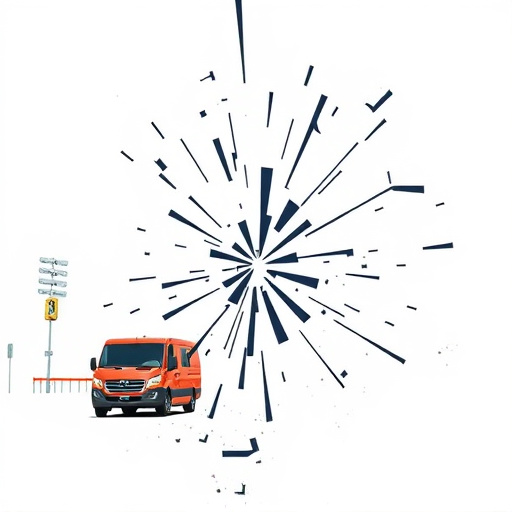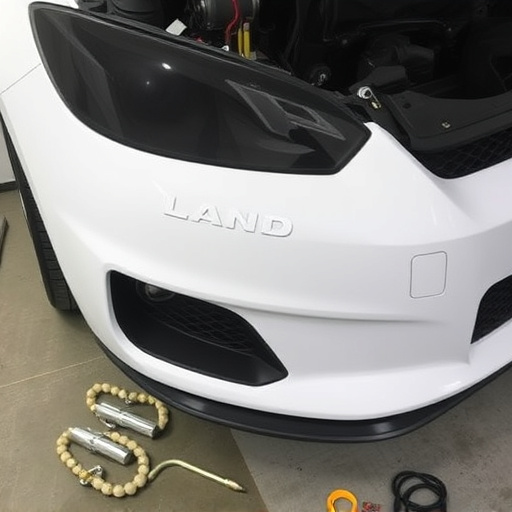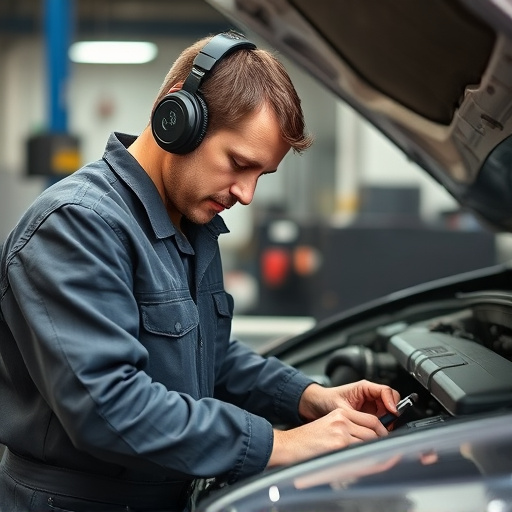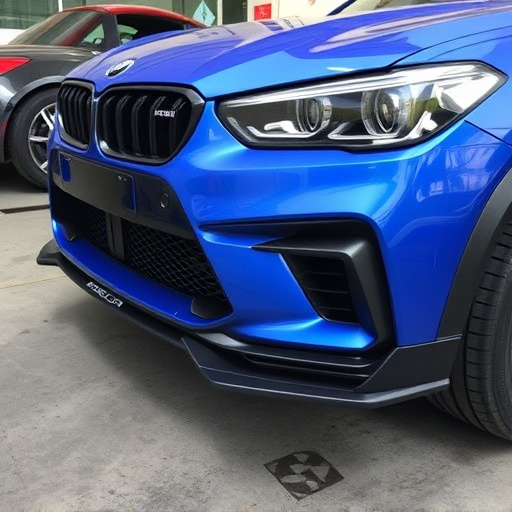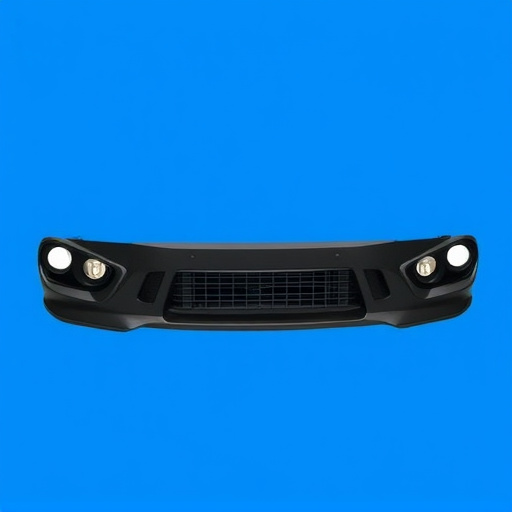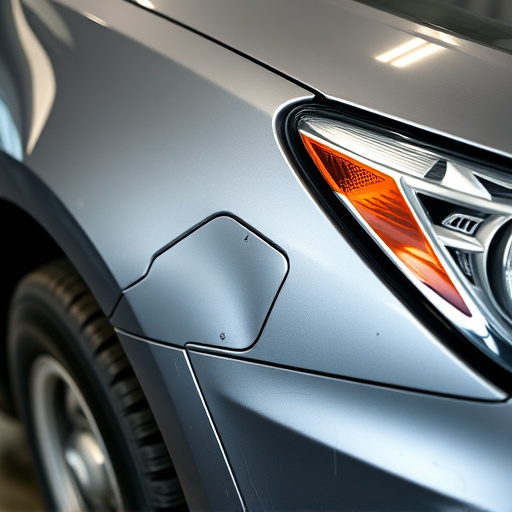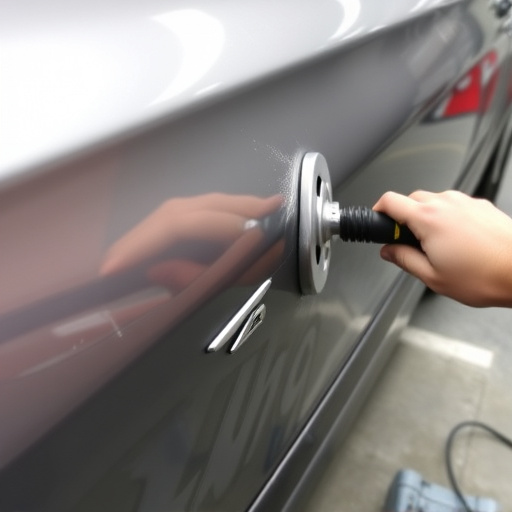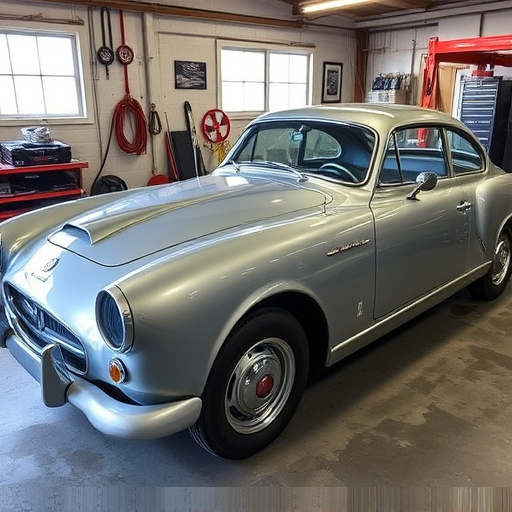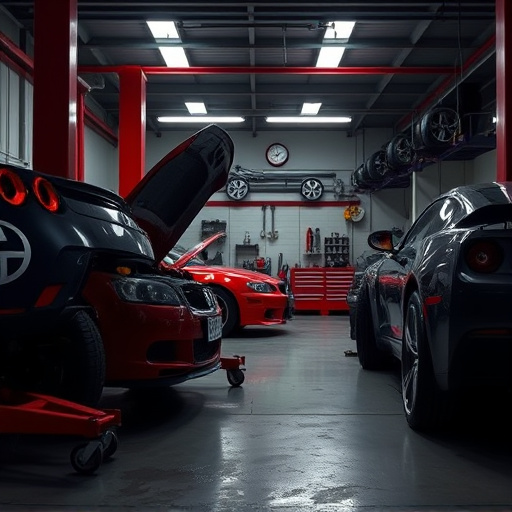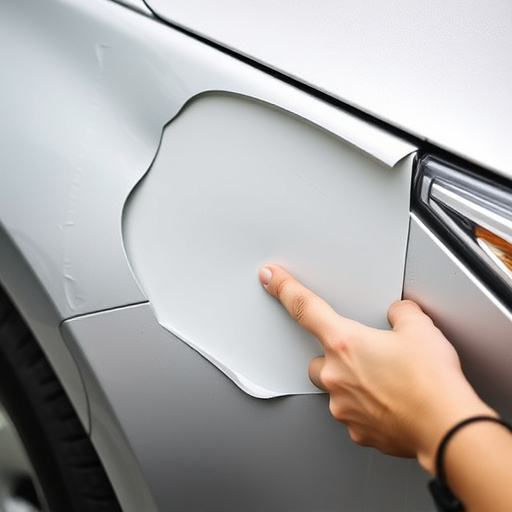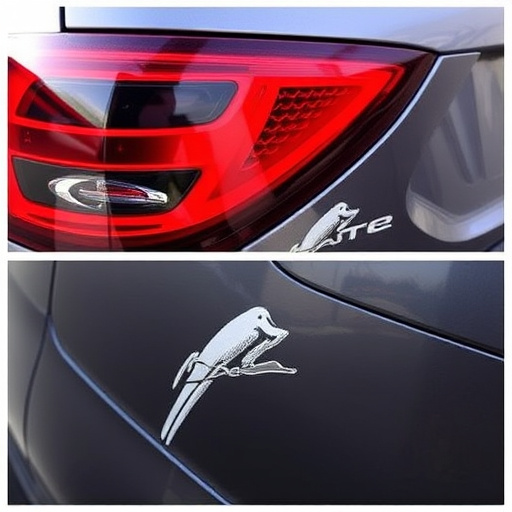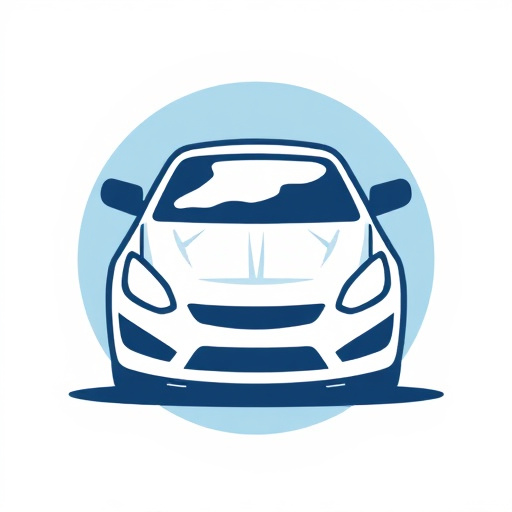Mercedes Distronic calibration is vital for adaptive cruise control and lane-keeping assist safety features. Changes to car structure like repairs or glass replacement can disrupt sensor readings, requiring recalibration by expert technicians using specialized tools in controlled environments to maintain optimal system performance and driving safety. Regular maintenance enhances efficiency and preserves Mercedes-Benz's high standards.
After making adjustments to your Mercedes windshield or hood, a crucial step often overlooked is calibrating the Mercedes Distronic system. This advanced driver-assistance system (ADAS) relies on precise sensor alignment for optimal performance. The article breaks down the understanding of the Mercedes Distronic system, highlights the impact of adjustment changes, and provides an in-depth look at the calibration process with best practices to ensure your vehicle’s safety and efficiency.
- Understanding Mercedes Distronic System
- Impact of Windshield/Hood Adjustments
- Calibration Process and Best Practices
Understanding Mercedes Distronic System
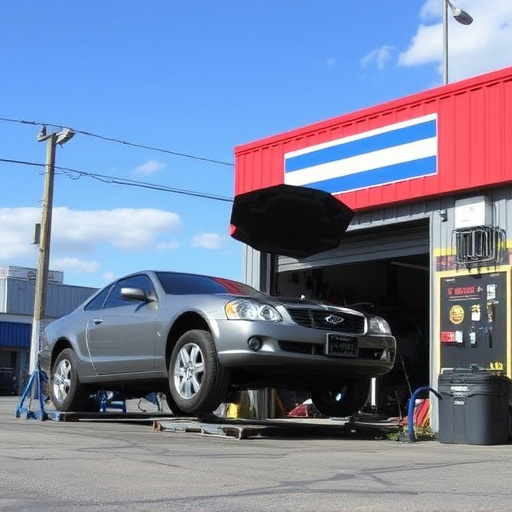
The Mercedes Distronic system is an advanced driver assistance feature designed to provide adaptive cruise control and lane-keeping assist. This sophisticated technology uses a combination of sensors, cameras, and radar to monitor both the vehicle’s surroundings and the driver’s behavior. When adjusting critical components like the windshield or hood, it becomes essential to recalibrate the Mercedes Distronic system for optimal performance. Ignoring this step can lead to inaccuracies in the system’s operations, potentially compromising safety while driving.
Recalibration ensures that the Distronic system accurately adjusts its settings based on the updated physical characteristics of the vehicle. This is particularly crucial for maintaining precise control during varying speeds and road conditions. Whether it’s a recent fender bender or an extensive classic car restoration, any adjustment to the exterior panels can impact the system’s accuracy. Professional fleet repair services recommend regular recalibration to keep the Mercedes Distronic calibration in check, ensuring the vehicle remains safe and reliable on the road.
Impact of Windshield/Hood Adjustments
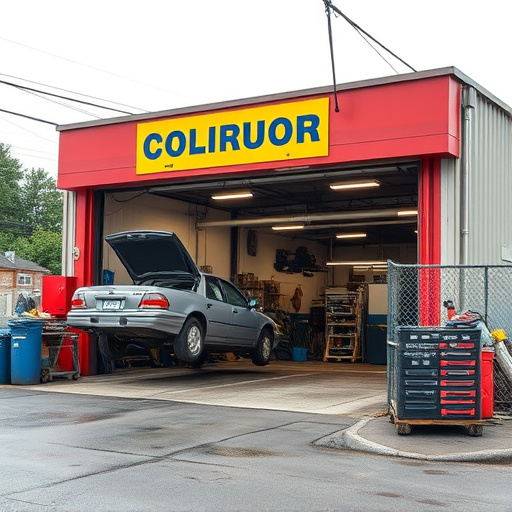
Making adjustments to a vehicle’s windshield or hood can significantly impact its sensor-based safety systems, particularly the Mercedes Distronic calibration. These adjustments, often made during auto glass replacement or car body repair, can alter the positioning and readings of the sensors crucial for adaptive cruise control and lane-keeping assistance. As a result, the system may require recalibration to ensure accurate performance and maintain the high standards set by Mercedes-Benz.
Proper calibration is essential in modern automotive repair services, as it ensures that advanced driver-assistance systems (ADAS) function optimally and contribute to safer driving experiences. Any alterations to the vehicle’s structure or glass components can disrupt the delicate balance of these sensors, necessitating a Distronic recalibration to prevent potential safety risks and ensure the system operates seamlessly.
Calibration Process and Best Practices
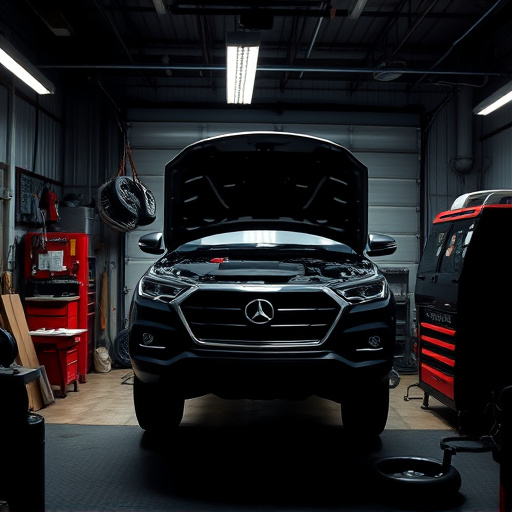
The Mercedes Distronic calibration process is a meticulous procedure that requires skilled technicians and specialized tools to ensure precise adjustments. After any adjustments to the vehicle’s windshield or hood, it becomes imperative to recalibrate this advanced driver-assistance system (ADAS). This process involves fine-tuning the sensor data to maintain optimal performance, ensuring the system accurately perceives road conditions and adapts accordingly.
Best practices for calibration include performing the process in a controlled environment, following manufacturer guidelines rigorously, and utilizing high-quality diagnostic equipment. It’s recommended to seek services from reputable auto repair shops with experienced technicians who specialize in Mercedes vehicles. Regular maintenance and timely recalibration not only enhance safety but also preserve the efficiency of the Distronic system, ultimately contributing to a smoother driving experience. Additionally, consider professional autobody repairs for any damage to ensure structural integrity before or after calibration.
After making adjustments to your Mercedes windshield or hood, it’s crucial to remember that these changes can impact the performance of the Distronic system. Therefore, a proper Mercedes Distronic calibration is required to ensure optimal and safe driving experiences. By following best practices during and after adjustments, you can maintain the efficiency of this advanced driver-assistance system, enhancing your vehicle’s overall capability and reliability.

